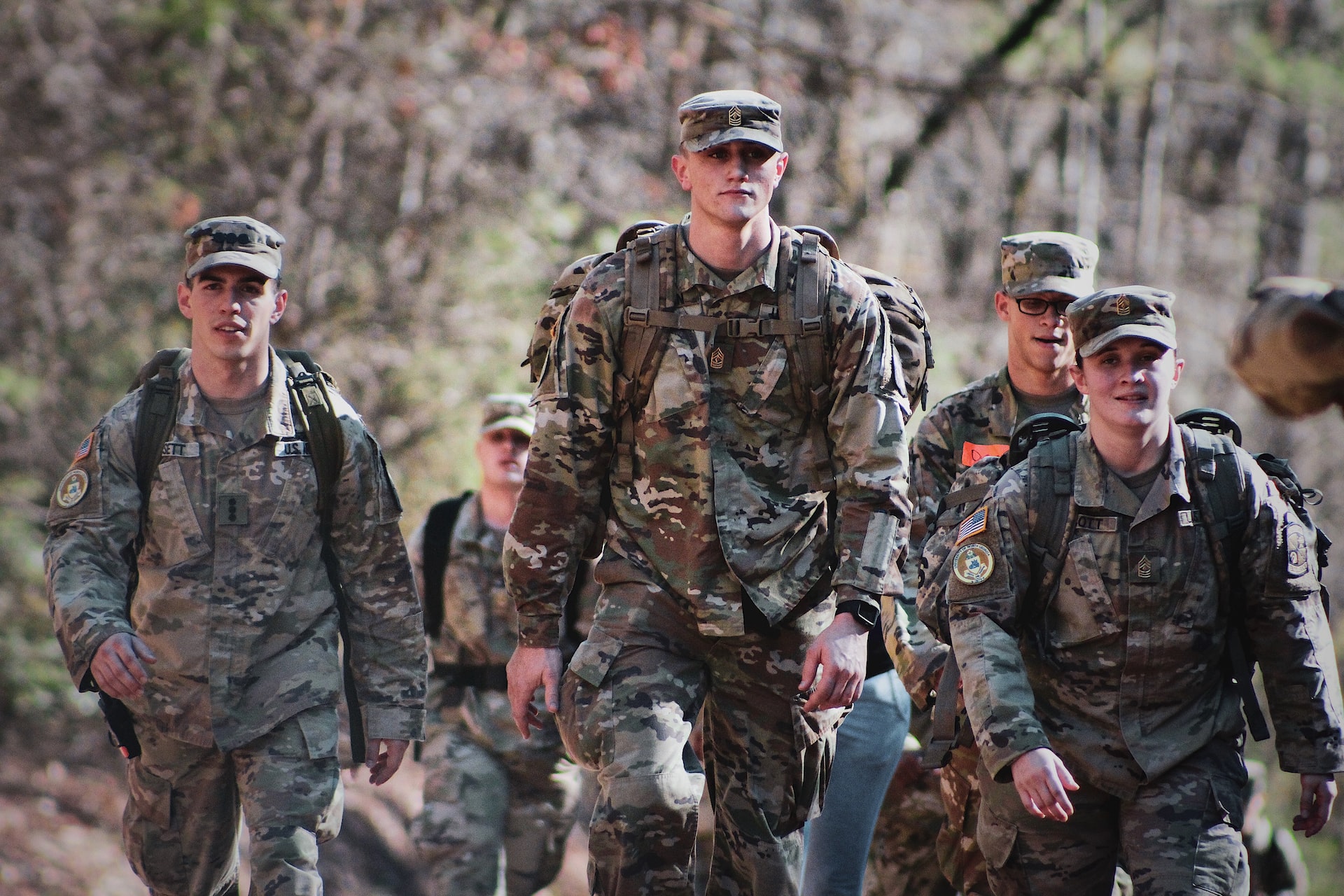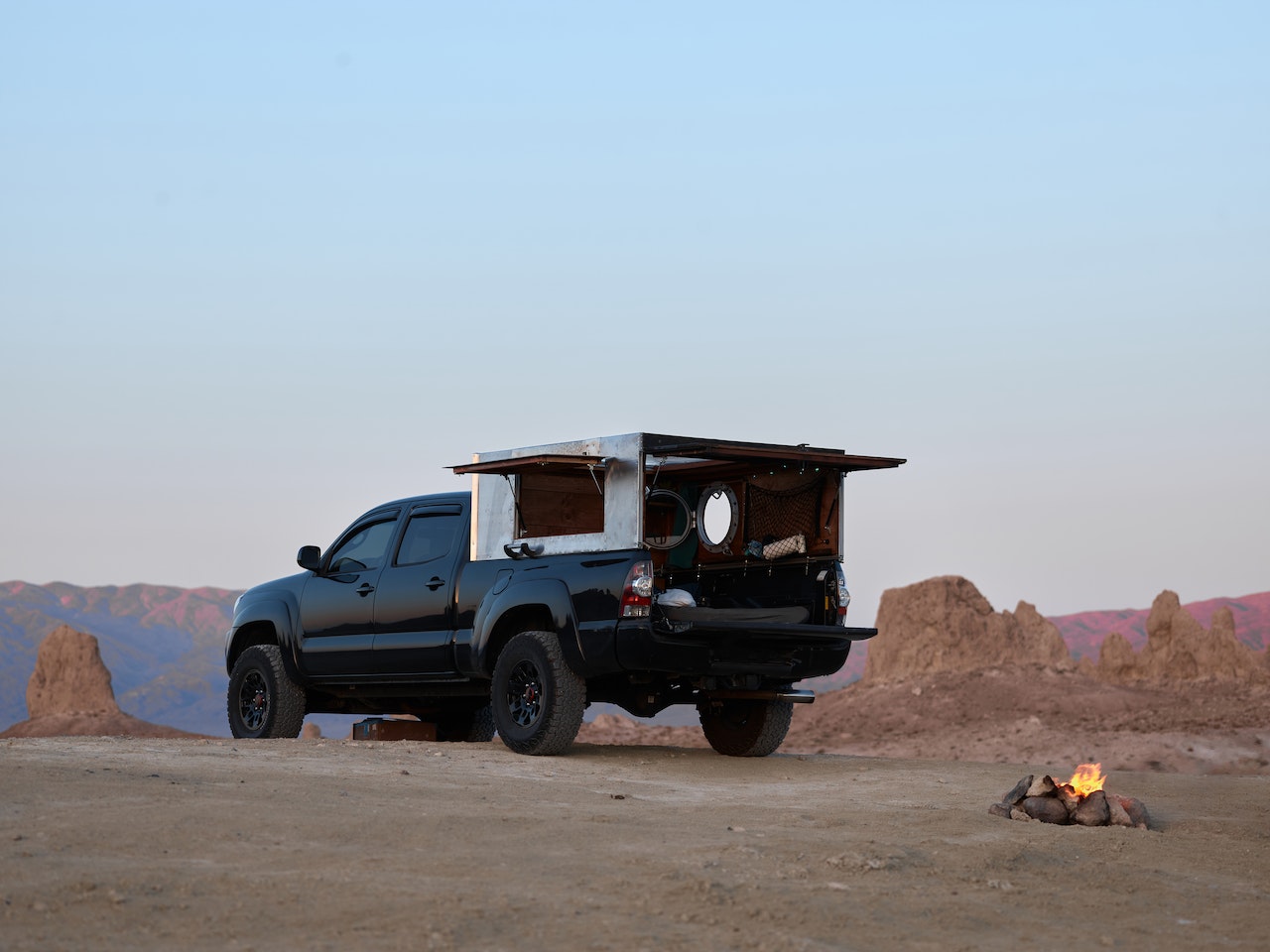October 12, 2019
The Military Force: What are the Branches of the U.S. Armed Forces?

Photo by Scandinavian Backlash under Unsplash License
Every nation has its own armed forces that seek to defend and protect its people. Our country happens to have one of the biggest and most powerful military forces in the world. They are composed of five branches of service that play critical roles in ensuring the security of the United States—the Army, Air Force, Navy, Marine Corps, and Coast Guard. Each of these branches has its own National Guard and Reserve components.
All of these active-duty service branches work together to some extent. However, each of them serves a unique purpose and offers different functions and specialties. The U.S. President is the commander-in-chief of all these five branches.
While the President makes the final decisions, the Secretary of the Department of Defense, a civilian who is appointed by the President, has control over all branches of the military—except the Coast Guard, which is under the Department of Homeland Security.
Each branch is headed by a 4-star general or admiral. The branch leaders are collectively known as Joint Chiefs of Staff.
How Does Each Active-Duty Service Branch Work?
Here’s an overview of how each of the five branches of military service works:
1. Army
Established on June 14, 1775, the Army is the oldest and the largest U.S. military branch. It operates under the colors black, gold, and white. Its primary role is to protect and defend the country through land warfare using ground troops, armor, artillery, and various other weapons.
The Army has two Reserve units—the Army Reserves and the Army National Guard. Both are composed of military-trained civilians who can be called upon to serve when needed.
2. Navy
The Navy uses the colors blue and gold. It was established on October 13, 1775, just a few months after the Army was established. Its main task is to secure and protect the oceans and seas all over the world to ensure safety for maritime travel and trade. Although it operates mainly at sea, it can also carry out missions by air or land.
The Navy uses different types of warships. They include aircraft carriers, submarines, and destroyers. The Navy’s mission is to win wars, stop aggression, and maintain freedom of the seas. A Reserve component is also associated with it.
3. Coast Guard
The Coast Guard is the smallest U.S. military branch that uses the colors CG red, CG blue, and white. It was established on January 28, 1915. It is tasked to ensure the enforcement of border laws and ocean rescues as it monitors the U.S. coastline. In times of need, the President can call on the Coast Guard to provide support to the Navy.
The tasks of the Coast Guard include patrolling the shores, containing and cleaning up oil spills, and detecting illegal drugs transported by sea. Like the other military branches, it also has its own Reserve unit.
4. Air Force
The U.S. Air Force is the youngest of the military branches, having been established on September 18, 1947. It uses the colors ultramarine blue and golden yellow. The primary role of the Air Force is to protect the interests of the U.S. by air and space.
The Air Force uses tanker aircraft, fighter aircraft, transport aircraft, and heavy bomber aircraft. In addition, it also controls U.S. military satellites in space.
5. Marine Corps
The Marine Corps wears the colors scarlet and gold. Established on November 10, 1775, it serves as the landing force for the U.S. Navy. The primary role of the Marine Corps is to detect and capture beachheads to gain an upper hand on the enemies.
The Marine Corps operates both on land and water. Its scope was recently expanded to include other ground-combat operations. It has its own attack helicopters and fighter jets. It relies mostly on the Navy for logistical and administrative support.
Veterans and Their Lives after Service
After U.S. servicemen and servicewomen complete their missions and are discharged or separated from the service, they transition back to their civilian lives as veterans. While some of these veterans smoothly reintegrate themselves into society, many others find it extremely challenging to do so. Many of these veterans have untreated mental health issues such as depression, anxiety, and post-traumatic stress disorder (PTSD) and severe combat-related injuries and disabilities that hinder them from landing jobs that could sustain their needs.
As a result, many of these veterans get stuck in poverty, with the worst of them becoming homeless.
Help Vets Regain Their Dignity by Donating a Car

Photo by ArtHouse Studio under Pexels License
Veteran Car Donations along with our certified 501(c)3 nonprofit partners seek to give our nation’s deserving heroes a chance to regain their dignity by providing them with mortgage-free and specially adapted homes, free mental healthcare, employment opportunities, job training, transitioning assistance, tutoring support, education scholarships, financial assistance, life skills training, counseling, and many other benefits.
You can help ensure the delivery of these vital services to our nation’s struggling veterans by donating to us your and unwanted vehicle. We will auction off your donated vehicle and use the proceeds to support the delivery of these services to the needy veterans and their families in your own local area.
You will also benefit from your vehicle donation since this will entitle you to receive a top tax deduction in the next tax season. Aside from this, you’ll also get to enjoy our free pickup and towing services and our quick, convenient, and hassle-free donation process where you don’t have to do any paperwork.
For more information on our car donation program, check out our FAQs page. For inquiries, you can call our toll-free 24/7 hotline 877-594-5822 or send us a message online.
You can donate to Veteran Car Donations by either calling us or filling out our secure online donation form. We accept donations of nearly all types of vehicles wherever you are in the United States since we have car donation programs in all 50 states.
Show Our Vets They’re Not Forgotten
Let’s show our nation’s heroes that we are thankful for their invaluable service and that they’re not forgotten. Call us at 877-594-5822 and improve their living conditions with your car donation.
Last Updated: March 8th, 2023
